Art World
When Art Stars Lose Their Shine: 6 Forgotten Art Darlings From the Gilded-Age Market Boom
Artists that appear utterly prosaic to us now were once the toast of the art world.
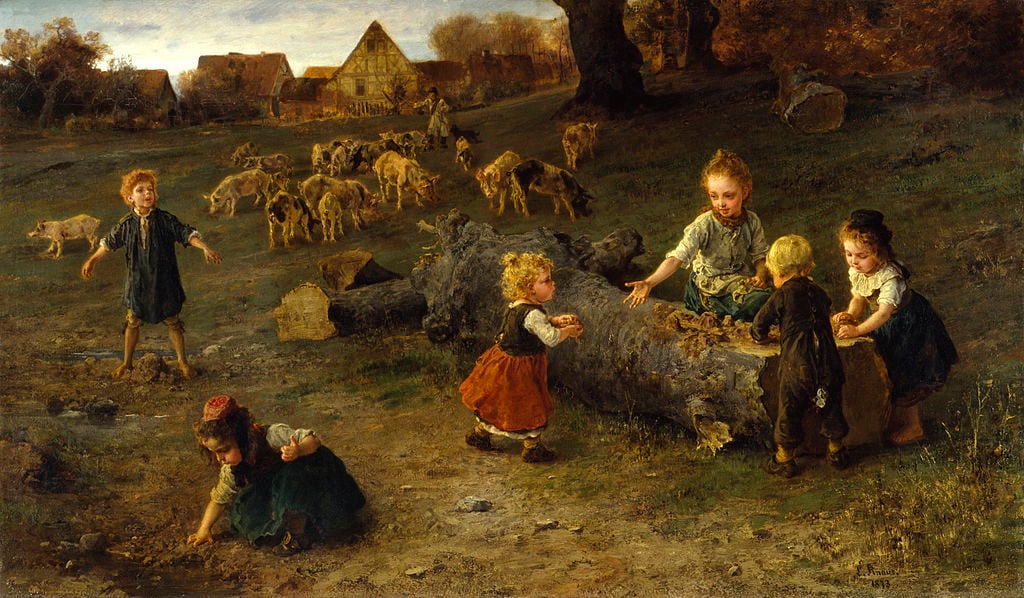
Artists that appear utterly prosaic to us now were once the toast of the art world.

Julia Halperin

The results of New York’s auction gigaweek may be in, but the Frick’s Center for the History of Collecting offers a sobering reminder: Don’t read too much into them. The Dan Colens and Adrian Ghenies of today may well become the John Hoppners and Ludwig Knauses of tomorrow.
Lest we forget, the original art-market boom—the Gilded Age—produced a number of artists who were outrageously successful in their day and have since become obscure footnotes to history.
While the Impressionists were languishing in poverty in the 1870s, a host of other artists—academic painters, aristocratic portraitists, members of the Barbizon school, and genre painters—were hungrily snapped up by the self-assured connoisseurs of the day.
“Collectors liked going to artists’ studios and getting to know the artists,” says Inge Reist, the director of the Frick Art Reference Library’s Center for the History of Collecting. “They were collecting contemporary almost exclusively.” Work by some of these original market darlings did end up in major museums (perhaps unsurprisingly, considering the financial caliber of their patrons), but none is a household name today.
How did paintings that appear utterly prosaic to us now command such high prices then? “Sometimes there’s peer pressure: ‘If everybody is buying this guy, I want some of that too,’” Reist says. “Art collecting can be as subject to fashion as clothing. We look at things and say, ‘How could we ever have worn that?’”
Like all bubbles, this one eventually burst. By the 1890s, collectors had shifted their attention to Old Masters. “The market for contemporary art became overheated,” Reist says. “Tastes change.”
To mark the center’s 10th anniversary this year, we asked Reist to exhume a few of these once-ubiquitous names. Here are six of their stories.
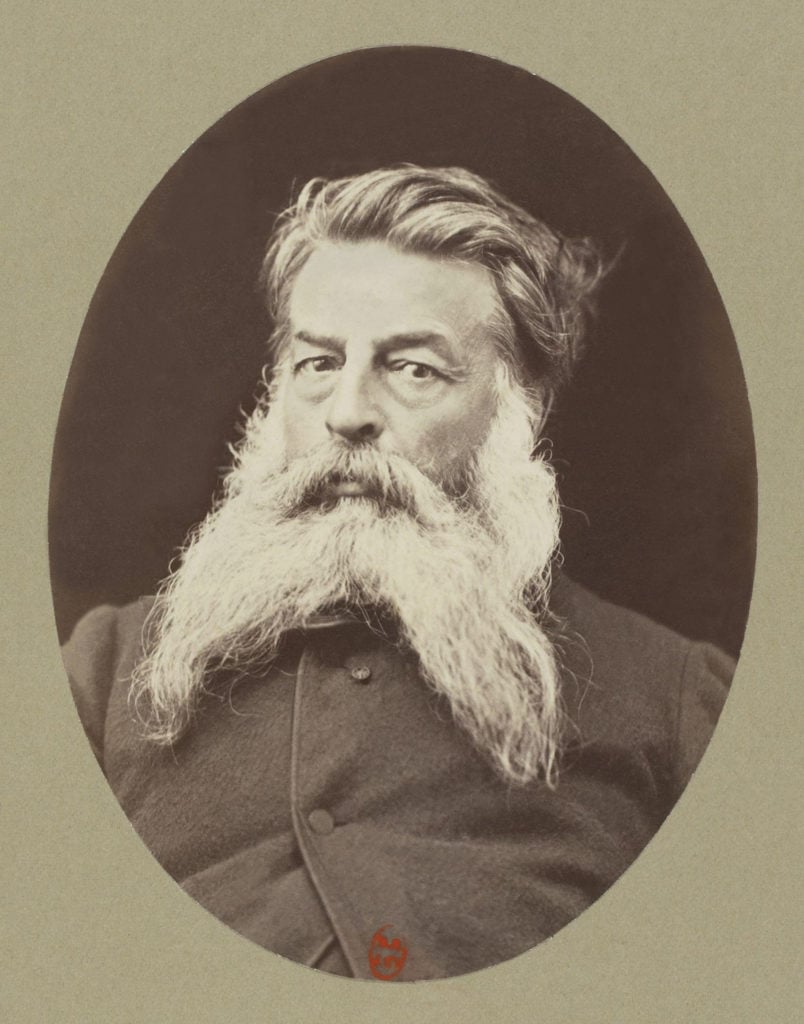
Jean-Louis Ernest Meissonier by Robert Jefferson Bingham (ca. 1865-70). Photo via Wikimedia Commons.
While now-famous French artists like Ingres and Corot were struggling to get by, this Classicist painter—a favorite of the railroad heir William Henry Vanderbilt—was living large. A specialist in portraits of Napoleon and scenes of military battles, Meissonier was a favorite of the influential critic John Ruskin, who is said to have marveled at the artist’s dexterity after examining his work under a magnifying glass. By the age of 31, Meissonier had become so rich off of his art that he bought himself a mansion in Poissy, France. (Like any good mansion, it had its own name: the Grande Maison.) The house had two large studios, one for the winter and one for the summer. But his market success did not outlive him. So far this year, five works by Meissonier have gone up for auction, according to artnet’s Price Database. None has sold for more than $5,000.
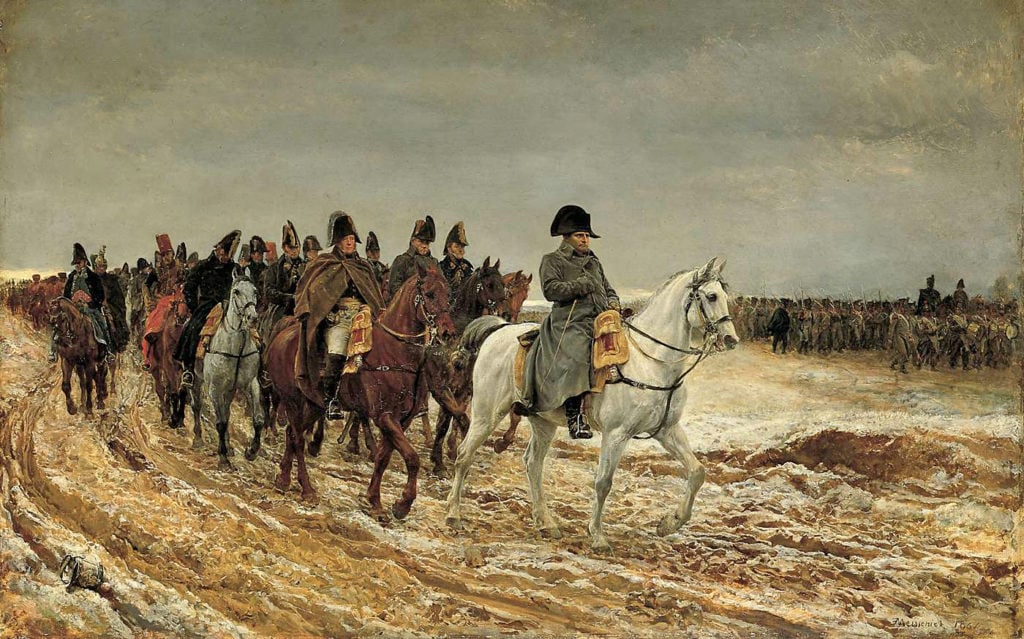
Ernest Meissonier’s Campagne de France (1864). Now in the Musée d’Orsay. Photo via Wikimedia Commons.
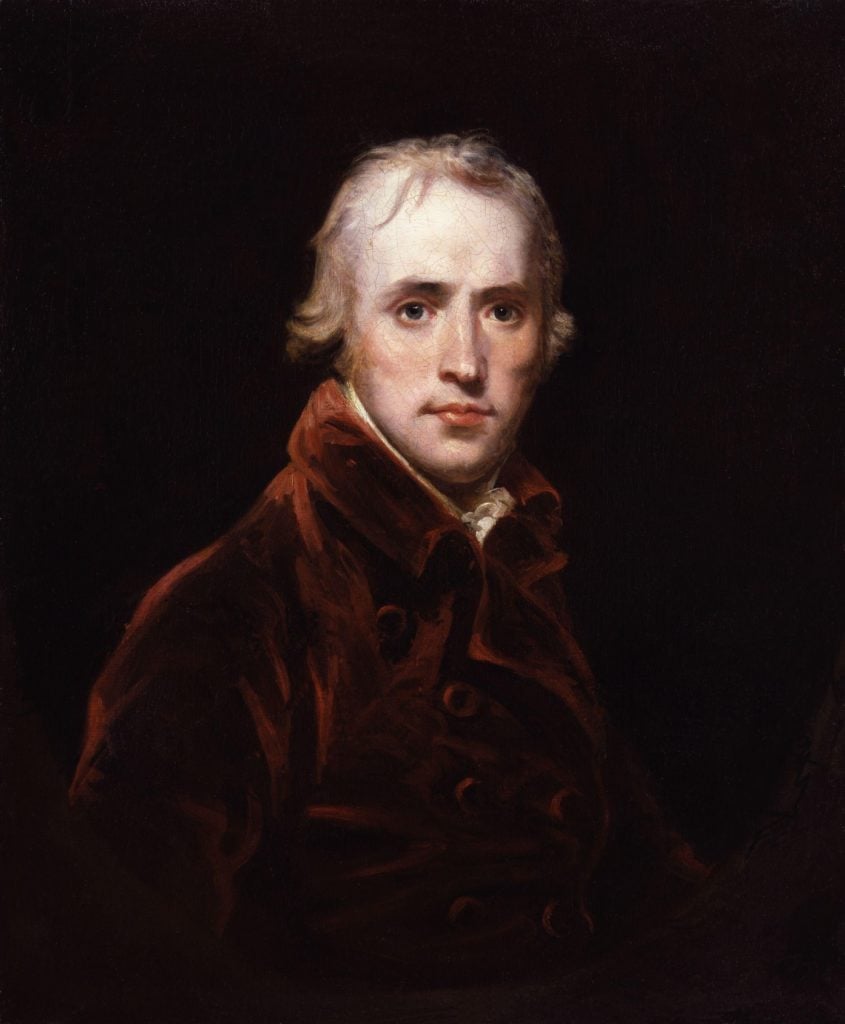
John Hoppner’s Self-Portrait (circa 1800). Now in the National Portrait Gallery, London. Photo via Wikimedia Commons.
The English portraitist—who at one point was rumored to be King George’s illegitimate son—painted the wealthiest members of English high society, including the Duke and Duchess of York and Sir Walter Scott. But his prices really began to take off nearly 40 years after his death. “British aristocratic portraits were extremely hot in the Gilded Age,” Reist says.
The explanation for Hoppner’s success is more economic than art historical. Leading galleries like Knoedler and Duveen had an ample supply of work by Hoppner and his peers after many British country-house proprietors sold off their liquid assets amid an economic downturn in England in the 1880s. These pictures found eager buyers in America. “You had Frick and Huntington building these huge houses, and these were big paintings,” Reist says. “There’s a certain kind of gravitas that comes with having your dining room filled with portraits from an earlier century.”
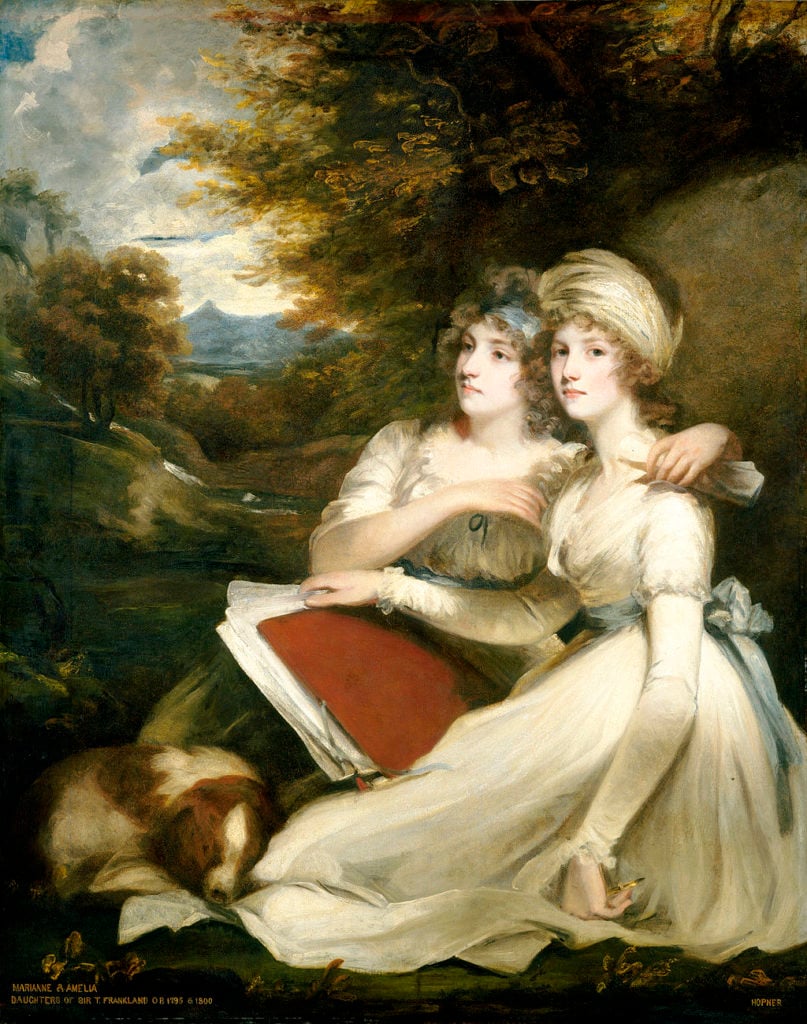
John Hoppner’s Portrait of the Franklin Sisters (circa 1795). Now in the collection of the National Gallery of Art, Washington, D.C. Photo via Wikimedia Commons.
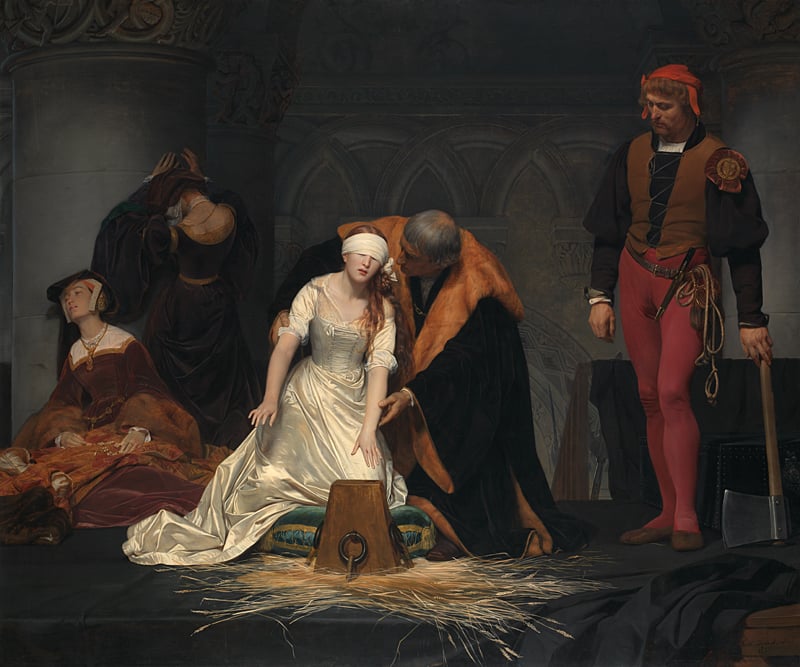
Paul Delaroche’s The Execution of Lady Jane Grey (1833). Courtesy of the National Gallery, London. Photo via Wikimedia Commons.
The French artist is best known today for his dramatic history painting The Execution of Lady Jane Grey (1833), now in the collection of London’s National Gallery. But the work itself remained out of public view—and was in fact considered lost—for much of the 19th and 20th centuries. What made Delaroche famous, and a market success, were reproductions of Lady Jane Grey that were disseminated among collectors in both Europe and the US. “The main business for a lot of dealers, like Knoedler Gallery, for example, was in reproductive prints of paintings,” Reist says. Even Henry Clay Frick bought prints of this kind as a young man. “So,” Reist adds, “painting was sometimes secondary to the money that could be made from selling the multiples.”
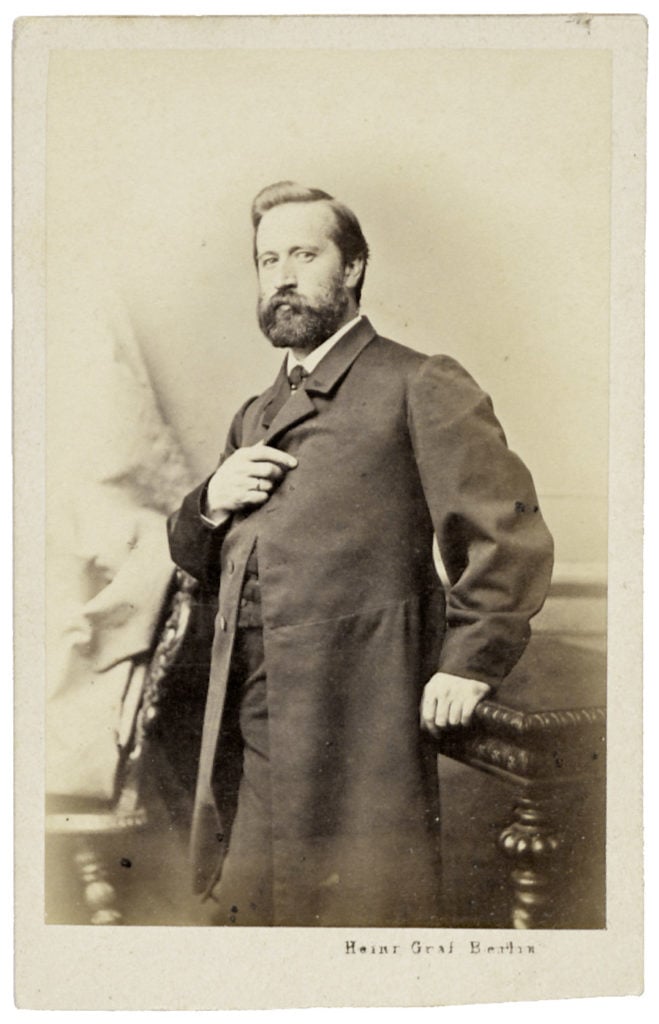
Ludwig Knaus (circa 1860s). Photo via Friedrich Graf.
The German genre painter, known for his images of rosy-cheeked peasant children frolicking in flowering fields, was another favorite of William Henry Vanderbilt. Knaus was a student of the history painter Thomas Couture (bet you haven’t heard of him either) and won the medal of honor at the Paris Exposition of 1867. Today, you can find his work at the Metropolitan Museum of Art (or, more likely, in the Met’s storage vaults), to which Vanderbilt donated his collection in 1902. When the works went on view 12 years later, the New York Times dedicated three full pages to them. But few of the artists are household names today. “This was a period that produced a lot of artists who are no longer remembered,” Reist says.
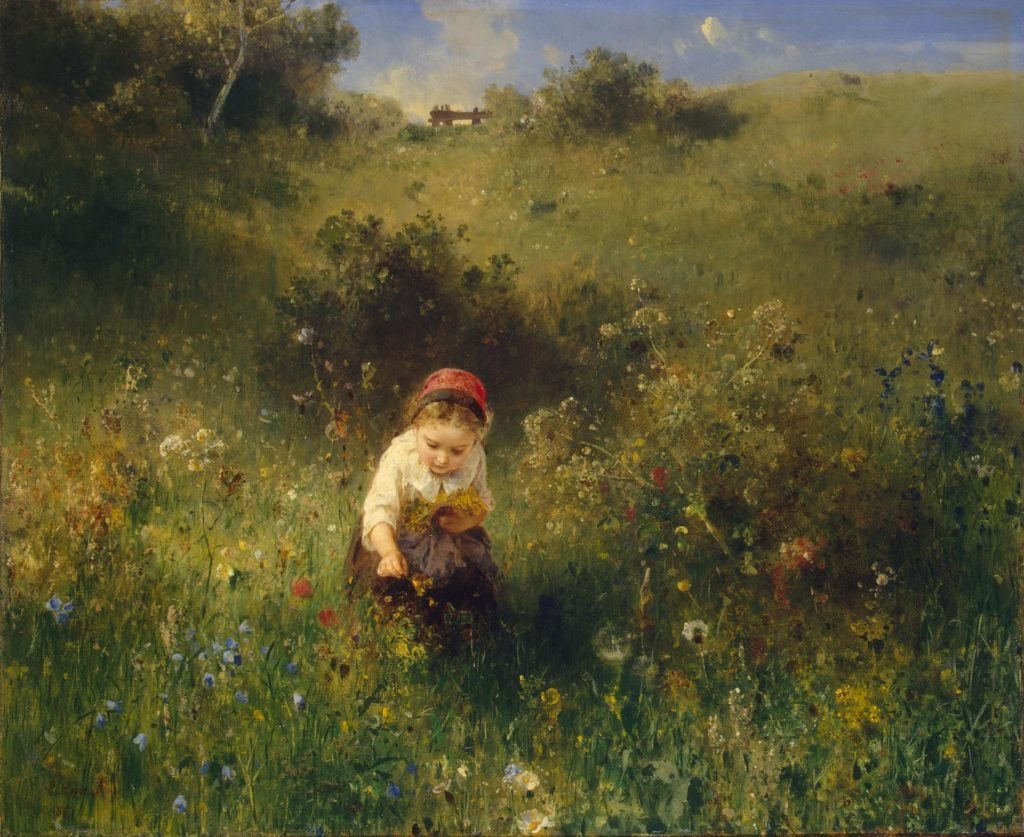
Ludwig Knaus’s Girl in a Field (1857). Now in the collection of the Hermitage. Photo via Wikimedia Commons.
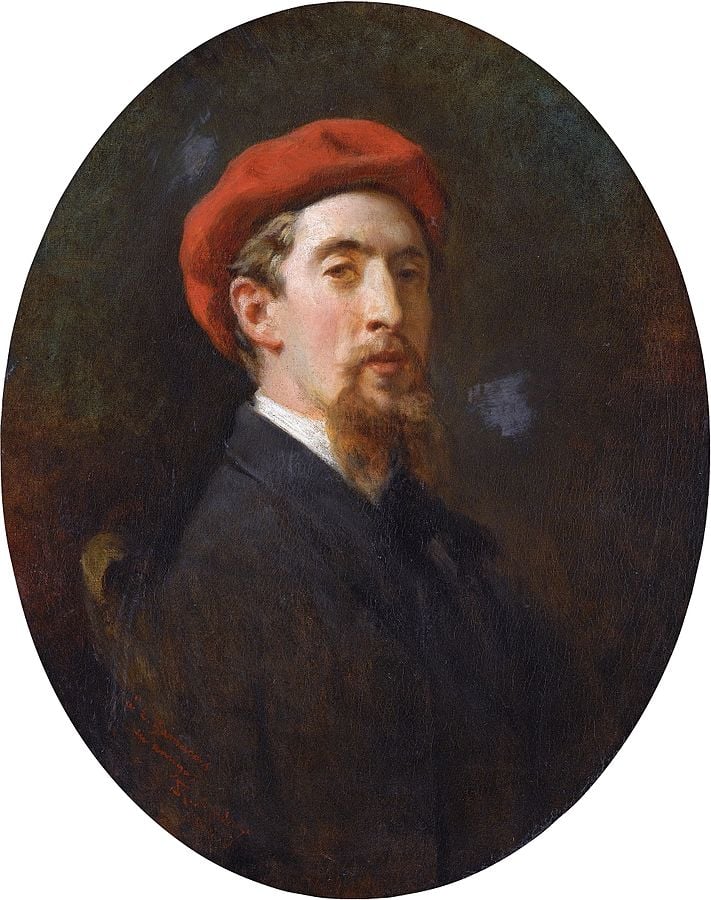
Portrait of Eduardo Zamacois y Zabala by Raimundo de Madrazo (1863). Photo via Wikimedia Commons.
The Spanish Academic artist, who had a special fondness for small-scale paintings of court jesters, had a leg up on his peers from the start: His father was the founder of the Santiago de Vizcaya School of Humanities, the best-known school in Bilbao. Later, he studied with Monet and Renoir’s teacher, Charles Gleyre, and apprenticed with another artist on our list, Ernest Meissonier. It didn’t take long for him to start securing high-profile commissions from top patrons. In 1861, he created decorative paintings for the Royal Palace of Madrid. But Zabala’s charmed life came to an untimely end in 1871, when he became ill after sitting outside in the cold during the coronation of King Amadeus I. His work last surfaced at auction in 2014; one failed to sell and two others were purchased for less than $3,000.

Eduardo Zamacois y Zabala’s The Favorite of the King (1865-7). Now in the Frankel Family Trust Collection, Dallas. Photo via Wikimedia Commons.
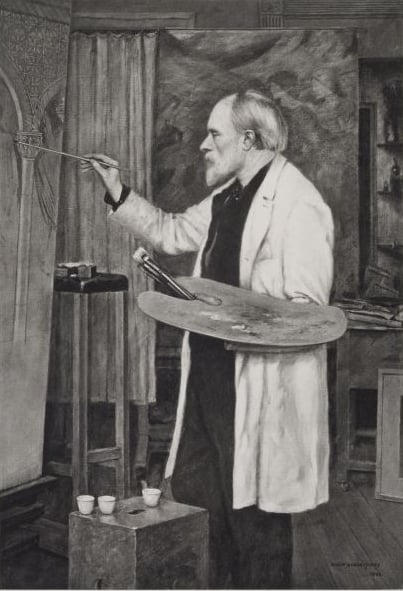
Portrait of Edward Burne-Jones by his son, Philip Burne-Jones (1898). Photogravure by Frederick Hollyer (1900). Photo via Wikimedia Commons.
The British artist, active toward the end of the Pre-Raphaelite movement, hasn’t fallen as far into obscurity as some of the other names on this list. But he and William Morris (1834–1896) are hardly as famous as they were in their heyday, when they were considered the leading lights of the Aesthetic Movement. Their medieval-inspired stained glass, textiles, and illustrations were avidly collected by the likes of Catharine Lorillard Wolfe, the first female board member of the Met. Wolfe commissioned a series of murals by Burne-Jones and Morris for her home in Newport, Rhode Island. The duo’s popularity was representative of a broader market interest in “book illustration art,” Reist says. “Those Romantic tales, like Arabian Nights, gave rise to Orientalist artists who were all the rage.”
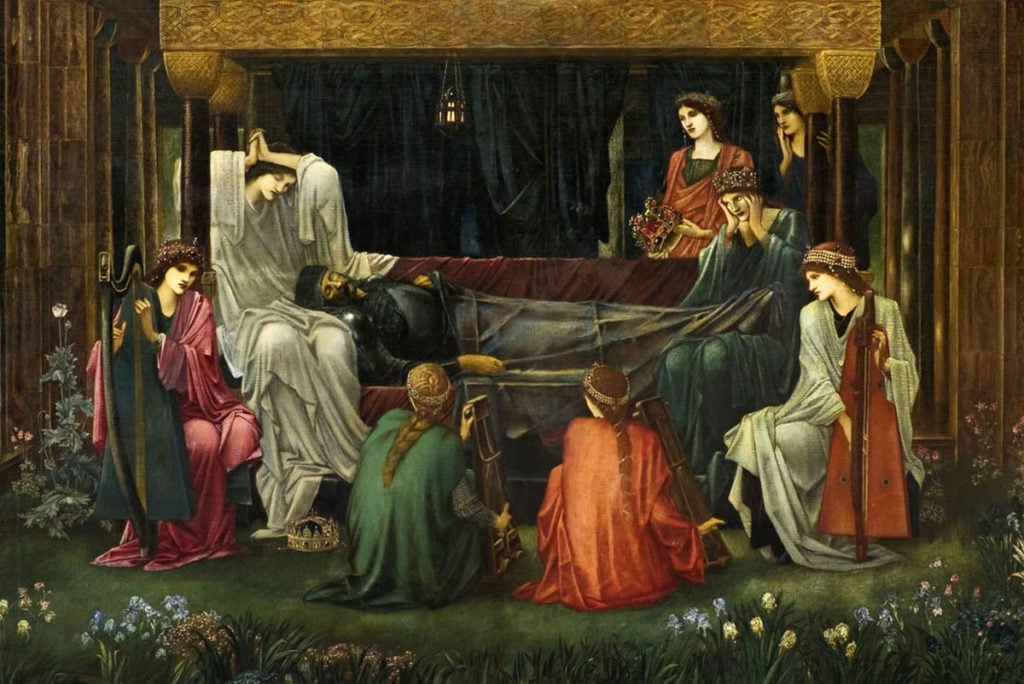
Edward Burne-Jones’s The Last Sleep of Arthur (1898). Detail. Now in the collection of Museo de Arte de Ponce. Photo via Wikimedia Commons.